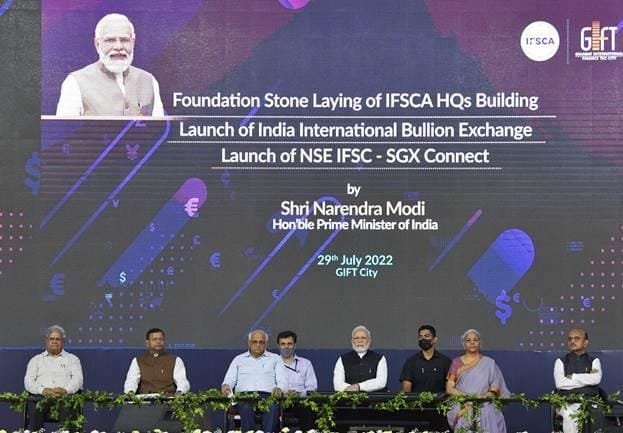ICRA’s Gupta says commercial banks face muted demand in overseas market
RBI has kept its repo rate unchanged at 4%, and the stance remains accommodative as long as necessary to revive and sustain growth on a durable basis and continue to mitigate the impact of COVID-19 on the economy, while ensuring that inflation remains within the target going forward.
The marginal standing facility (MSF) rate and the bank rate remain unchanged at 4.25%. The reverse repo rate also remains unchanged at 3.35%, said RBI Governor Shaktikanta Das on 8 Dec 2021.
In the meantime, scheduled commercial banks have largely been scaling down their overseas operations during the last few years because of muted demand from Indian Corporates in overseas markets as well as focus of Indian Banks towards domestic markets, according to Anil Gupta, Vice President and Sector Head, Financial Sector Ratings, ICRA Limited.
Higher flexibility to infuse and or repatriate capital in overseas branches will provide improved operational flexibility to domestic banks, he said on 8 Dec 2021, following discussions on MPC of RBI.
Currently banks hold a sizable portion of investments in the held to maturity (HTM) category which is not required to be marked to market (MTM). Transitioning to Ind-AS may require banks to fairly value their HTM investments also. Depending on the MTM position of the HTM books, banks could have an impact on their profitability and capital. Review of investment norms could pave the way to transition to IND-AS for banks, said Gupta.
The payment charges across various payment systems vary, thereby influencing the usage. Small ticket payments are preferred on systems with low charges, while high ticket payments are preferred on payment systems like credit cards even at higher charges. Harmonisation of payment charges at lower rates across systems could spur up the overall digital payment volumes further, thereby making it beneficial for users as well as service providers, he said.
The liquidity absorption under the fine-tuning operations and VRRR operations stood at Rs.7.2 trillion as on 7 December 2021 which was absorbed at closer to 4%. Additionally, an amount of Rs.2.3 trillion was absorbed under overnight reverse repo at 3.35%. With hike in Variable Rate Reverse Repo (VRRR), the liquidity absorbed under overnight reverse repo could further decline, thereby leading to further rise in short-term call money rate, thereby paving the path for future hike in policy rates.
The current outstanding balances availed by banks under targeted longer-term refinancing operations (TLTROs) is ~Rs.750 billion, most of which was availed at fixed rate of 4.4% and due for maturity during Q4FY2023 or Q1FY2024. With rise in short-term rates upon increase in size of VRRR auctions, the banks are unlikely to exercise the option to prepay this money which is relatively for 15-18 month tenure. There are balances of ~Rs.10 billion which are availed by banks at 5.15% under TRLTO, which may however be prepaid.
Given the surplus liquidity conditions, the Marginal Standing Facility (MSF) utilization by banks remains limited and hence is unlikely to have any adverse impact on liquidity of banks. However as MSF is eligible for inclusion under HQLA for calculation of LCR, a reduction in MSF could lead to moderation in reported LCRs for the banks. fiinews.com








